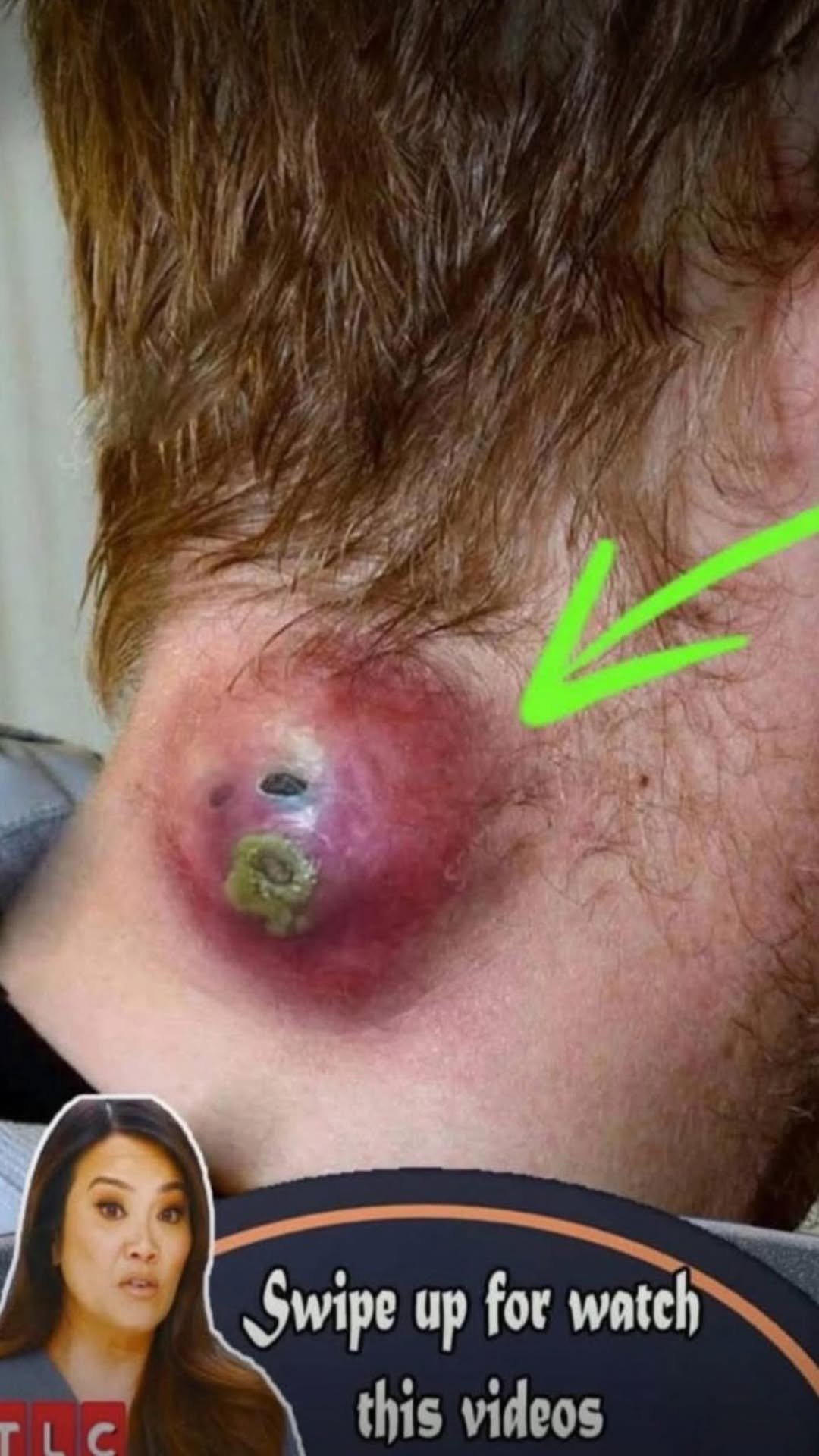Sure! Here’s a shortened version of your topic “Pimples on the Head That You Should Be Aware Of!”—condensed to around 300 words, broken into 7 clear paragraphs:
Pimples on the Head That You Should Be Aware Of!
Pimples on the scalp can be more than just a minor annoyance. They can signal various skin conditions or hygiene issues that need attention.
Folliculitis is one of the most common causes. It happens when hair follicles become inflamed, usually due to bacteria, sweat, or clogged pores. These pimples can be itchy, painful, and sometimes filled with pus.
Scalp acne is similar to facial acne. It can result from excessive oil production, hair products, or poor hygiene. These breakouts typically appear along the hairline or at the crown of the head.
Seborrheic dermatitis can sometimes resemble pimples. It’s a chronic condition causing red, scaly patches, often misidentified as acne. It’s linked to yeast on the skin and may require medicated shampoos to treat.
Cysts and boils may also form on the scalp. These are deeper, often more painful than regular pimples, and can be caused by infections or blocked oil glands. If they persist or grow, they should be examined by a healthcare provider.
Fungal infections, such as ringworm of the scalp (tinea capitis), can cause itchy, inflamed bumps or even hair loss in patches. This type of infection requires antifungal treatment.
Allergic reactions to shampoos, hair dyes, or styling products can also lead to scalp irritation and breakouts. If pimples appear after using a new product, discontinue use and consult a dermatologist.
While occasional scalp pimples are usually harmless, frequent or severe outbreaks may need medical evaluation. Proper hygiene, gentle hair care, and avoiding heavy products can help reduce flare-ups.
Different people have different reactions to various situations, substances, or environmental factors. This is because each person’s body is unique, shaped by a combination of genetics, lifestyle, diet, and environmental influences.
However, despite these individual differences, it’s important to recognize that the human body functions as a complex, interconnected system.
In such a system, a change or problem in one area can often influence or be linked to another. For example, symptoms that appear unrelated at first—such as fatigue, skin issues, or digestive discomfort—can sometimes point to underlying health conditions.
Because of this interconnectedness, certain signs and symptoms can serve as warning signals, alerting us to possible health concerns before they become more serious.
These signs may be subtle or easily overlooked, but paying attention to them can help us catch imbalances or illnesses in their early stages. By understanding how different parts of our body are related, and by staying in tune with how we feel physically and mentally, we can become more proactive in maintaining our overall well-being. Regular checkups, listening to your body, and seeking medical advice when something feels off are all essential steps in preventing health problems and promoting long-term health.
